- No products in the cart.
Apidra SoloSTAR solution and / p / 100me / ml 3ml disposable syringe-pen SoloSTAR 5 pcs
$57.03
Apidra SoloSTAR solution and / p / 100me / ml 3ml disposable syringe-pen SoloSTAR 5 pcs
Description
Composition
Active substance:
Insulin glulisine 100 Units (3.49 mg).
Excipients:
M-cresol (m-cresol), trometamol (tromethamine), sodium chloride, polysorbate 20, sodium hydroxide, hydrochloric acid, water for injection.
Description:
Transparent, colorless or nearly colorless liquid.
Product form:
A solution for subcutaneous administration of 100 IU / ml. 3 ml of the drug cartridge of a transparent, colorless glass (type I). Cartridge cork on one side stopper and crimped aluminum caps, on the other hand – the plug. The cartridge is mounted in a disposable pen SoloSTAR. 5 injection pens SoloSTAR together with instructions for use in a cardboard box.
Contraindications
Hypersensitivity to insulin glulisine or to any component of the drug.
Hypoglycemia.
Carefully
When pregnancy. feeding.
Indications
Diabetes requiring insulin treatment, in adults, adolescents and children over 6 years.
Interaction with other drugs
Studies on pharmacokinetic interactions was conducted. On the basis of empirical knowledge about other similar drugs occurrence of clinically significant pharmacokinetic interaction unlikely. Some medicaments may affect the metabolism of glucose, which may require correction doses of insulin glulisine and particularly careful monitoring of treatment. The substances capable of increasing the hypoglycemic effect of insulin, and increase the propensity for hypoglycemia include oral hypoglycemic agents, angiotensin-converting enzyme inhibitors, disopyramide, fibrates, fluoxetine, monoamine oxidase inhibitors, pentoxifylline, propoxyphene, salicylates and sulfa antimicrobials. Substances capable of reducing the hypoglycemic action of insulin, include: steroids, danazol, diazoxide, diuretics, glucagon, isoniazid, phenothiazine derivatives, somatropin, sympathomimetics (e.g., epinephrine [adrenaline], salbutamol, terbutaline), thyroid hormones, estrogens, progestins ( for example, in hormonal contraceptives), protease inhibitors and atypical antipsychotics (e.g., olanzapine and clozapine). Beta-blockers, clonidine, or lithium salts, or ethanol may potentiate or weaken the hypoglycemic effect of insulin. Pentamidine can cause hypoglycemia c followed by hyperglycemia. In addition, under the influence of drugs with sympatholytic activity, such as beta-blockers, clonidine, guanethidine and reserpine, symptoms reflex adrenergic activation in response to hypoglycemia may be less pronounced or absent. Due to the lack of compatibility studies, insulin glulisine should not be confused with any other drugs except human isophane insulina-. When administered via an infusion pump means Apidra drug should not be mixed with solvents and other insulin preparations.
Overdose
With an excess dose of insulin in relation to the need for it, determines food intake and energy expenditure may develop hypoglycemia. There are no specific data on insulin glulisine overdose. However, when it is possible to overdose hypoglycaemia. Episodes of hypoglycemia can bytkupirovany light by receiving glucose or sugar-containing products. Therefore, it is recommended that patients with diabetes are constantly were carrying pieces of sugar, sweets, biscuits or sugary fruit juice. Episodes of severe hypoglycemia c coma, seizures, and neurological disorders can be stopped by intramuscular or subcutaneous administration of 0.5-1 mg glucagon or intravenous administration of concentrated (20%) dextrose (glucose), a medical worker. After recovery of consciousness is recommended to give the patient carbohydrates inwardly to prevent recurrence of hypoglycemia, which is possible after apparent clinical improvement. After the introduction of glucagon to determine the cause of this severe hypoglycaemia and prevent other similar episodes of the patient should be observed in the hospital.
pharmachologic effect
Pharmacological group:
The hypoglycemic agent of short-acting insulin analog.
Pharmacodynamics:
Insulin glulisine is a recombinant analog of human insulin, which is the normal force of action human insulin. After subcutaneous administration of insulin glulisine starts to act faster and have a shorter duration of action than soluble human insulin. The most important action of insulin and analogues of insulin, including insulin glulisine, is regulation of glucose metabolism. Insulin lowers the concentration of glucose in the blood by stimulating the uptake of glucose by peripheral tissues, especially skeletal muscle and adipose tissue, as well as inhibiting the formation of glucose in the liver. Insulin inhibits lipolysis in adipocytes, inhibits proteolysis and increases protein synthesis. Studies in healthy volunteers and patients with diabetes showed that subcutaneous administration of insulin glulisine starts to act faster and has a shorter duration of action than soluble human insulin. When administered subcutaneously lowering blood glucose concentration in the action of insulin glulisine begins in 10-20 minutes. When administered intravenously, the effects of lowering blood glucose concentration and insulin glulisine soluble human insulin are equal in strength. One unit of insulin glulisine has the same glyukozoponizhayuschuyu activity as one unit of soluble human insulin. In phase I study in patients with type 1 diabetes were evaluated glyukozoponizhayuschie profiles of insulin glulisine and soluble human insulin, administered subcutaneously in a dose of 0.15 IU / kg at different time relative to the standard 15-minute eating. The results showed that insulin glulisine introduced for 2 minutes before a meal, provided the same glycemic control after a meal, and that soluble human insulin, administered at 30 minutes before mealtime. When administered 2 minutes before the meal insulin glulisine provided better glycemic control after meals than soluble human insulin, administered 2 minutes prior to meals. Insulin glulisine introduced 15 minutes after the start of a meal, and gave the same glycemic control postprandial that soluble human insulin, administered 2 minutes prior to meals. The study phase I, is carried out with insulin glulisine, insulin lispro and soluble human insulin in a group of obese patients, demonstrated that these patients insulin glulisine maintains its rapid-acting characteristics. In this study, the time to reach 20% of the total AUC was 114 min for insulin glulisine, 121 min for insulin lispro and 150 min for the soluble human insulin and AUC (0-2 hr), reflecting the activity as early glyukozoponizhayuschuyu, respectively, was 427 mg / kg insulin glulisine, 354 mg / kg for insulin lispro and 197 mg / kg of soluble human insulin.
Clinical researches
Type 1 Diabetes
In 26-week clinical trial phase III, which were compared insulin glulisine with insulin lispro, administered subcutaneously shortly before meals (for 0-15 minutes) atsientam with type 1 diabetes using insulin as basal insulin glargine, insulin glulisine was comparable insulin lispro against glycemic control, which was evaluated by change in the concentration of glycosylated hemoglobin (HbA1c) at the time of the end point of the study compared with outcome. Comparable values were observed in the blood glucose concentration determined by self-control. When administered insulin glulisine, in contrast to treatment with insulin lispro not required increase basal insulin. 12-week clinical study III phases conducted in patients with type 1 diabetes are treated as a basal insulin glargine, showed that the efficiency of administration of insulin glulisine immediately after food was comparable to that for administration of insulin glulisine immediately before a meal (for 0 -15 min) or soluble human insulin (30-45 minutes before meals). In a population of patients who completed the study protocol in patients treated with insulin glulisine before meals, there was a significantly greater reduction in HbA1c compared with patients treated with soluble human insulin.
Type 2 diabetes 26-week phase III clinical trial of a 26-week extension in the form of safety study follow him was conducted to compare insulin glulisine (for 0-15 minutes before the meal) to soluble human insulin (30-45 minutes before meal) which were administered subcutaneously in patients with type 2 diabetes, in addition to use as a basal insulin isophane insulin. The average body mass index of patients was 34.55 kg / m2. Insulin glulisine showed a greater decrease in the concentration of HbA1c from baseline compared to soluble human insulin (-0.46% for insulin glulisine and -0.30% to soluble human insulin, p = 0,0029). In this study, the majority of patients (79%) was mixed a short-acting insulin to insulin-izofanom immediately before injection. 58 patients at the time of randomization used oral hypoglycemic agents and were to continue receiving their instruction in the same (unmodified) dose. In conducting continuous subcutaneous insulin infusion via pump means (diabetes mellitus type 1) in 59 patients treated with the drug or Apidra insulin aspart, in both treatment groups was observed low incidence of catheter occlusion (0.08 occlusion per month in the application preparation Apidrai 0 15 occlusions in month with insulin aspart), and the frequency of such reactions at the injection site (10.3% when using the drug Apidra, and 13.3% with insulin aspart). In children and adolescents with type 1 diabetes, which as a basal insulin once daily in the evening was administered insulin glargine or twice a day, morning and evening insulin isophane, when comparing the efficacy and safety of insulin glulisine and insulin lispro when administered subcutaneously for 15 minutes before a meal, it was shown that glycemic control, the incidence of hypoglycemia, require the intervention of third parties, as well as the incidence of severe hypoglycemic episodes were similar in both treatment groups. In this case, after 26 weeks of treatment, patients treated with insulin glulisine to achieve glycemic control comparable to insulin lispro, it took significantly less increase in the daily dose of basal insulin, fast acting insulin and total insulin dose.
Racial origin and gender In controlled clinical trials in adults did not show differences in safety and efficacy of insulin glulisine when analyzing subgroups allocated based on race floor.
Pharmacokinetics:
In insulin glulisine human amino acid substitution of asparagine at position B3 insulin to lysine and the lysine in position B29 with glutamic acid enhances rapid absorption.
Absorption and bioavailability
Pharmacokinetic curves concentration-time in healthy volunteers and patients with diabetes mellitus type 1 and 2 have demonstrated that the absorption of insulin glulisine, compared to soluble human insulin was about 2 times faster, and reaches a maximum plasma concentration (Cmax) was about 2 times more. In a study conducted in patients with type 1 diabetes, following subcutaneous administration of insulin glulisine at a dose of 0.15 U / kg Tmax (time of maximum plasma concentration) was 55 minutes and Cmax was 82 ± 1,3 mU / ml, compared to Tmax, is 82 minutes, and a Cmax, component 46 ± 1,3 mU / ml for soluble human insulin. The average residence time in the systemic circulation from insulin glulisine was shorter (98 minutes) than with soluble human insulin (161 minutes). In a study in patients with type 2 diabetes mellitus after subcutaneous injection of insulin glulisine at a dose of 0.2 U / kg Cmax was 91 mU / ml with interquartile breadth of from 78 to 104 mU / ml. For subcutaneous administration of insulin glulisine to the anterior abdominal wall, thigh or shoulder (in the region of the deltoid muscle) absorption was faster when administered to the anterior abdominal wall as compared to administration of the drug in the femoral region. The rate of absorption of the deltoid region was intermediate. Absolute bioavailability of insulin glulisine after subcutaneous administration was approximately 70% (73% of the anterior abdominal wall 71 from the deltoid region and 68% of the thigh region) and had a low variability between patients.
Distribution and excretion
The distribution and elimination of insulin glulisine and soluble human insulin after intravenous administration are similar, with the distribution of a volume of 13 liters and 22 liters, and the half-life of 13 and 18 minutes, respectively. After subcutaneous administration of insulin glulisine displayed faster than soluble human insulin, having an apparent half-life of 42 minutes, compared with an apparent half-life of soluble human insulin was 86 minutes. When cross-analysis studies insulin glulisine, both in healthy individuals and in individuals with diabetes mellitus type 1 and 2, the apparent elimination half-life ranged from 37 to 75 minutes.
Special group –Patsienty patients with renal insufficiency
In a clinical study in patients without saharnogo__diabeta a wide range of renal function (creatinine clearance (CC)> 80 mL / min, 30-50 ml / min,
Patients with impaired liver function the pharmacokinetic parameters have not been studied. –Litsa elderly
There are very limited data on the pharmacokinetics of insulin glulisine in elderly patients with diabetes mellitus. –Deti and adolescents
Pharmacokinetic and pharmacodynamic properties of insulin glulisine were investigated in children (7 – 11 years) and Adolescents (12 – 16 years) with type 1 diabetes. In both age groups, insulin glulisine is rapidly absorbed with a Tmax and Cmax similar to those in adults. As in adults, when administered immediately before a test meal with nsulin glulisine provides better control of blood glucose levels after meals, than soluble human insulin. Increase in blood glucose concentration after a meal (AUC 0 – 6 hours – the area under the concentration of glucose in the blood – from 0 to 6 – five hours) was 641 mg / (h * dL) insulin glulisine and 801 mg / (h * dl) for soluble human insulin.
Pregnancy and breast-feeding
There are no controlled clinical studies on the use of Apidra drug in pregnant women. A limited amount of data obtained by the use of insulin glulisine in pregnant women (reported in less than 300 pregnancy outcomes), it does not indicate an adverse effect on pregnancy, prenatal development of the fetus or newborn baby. Reproductive studies in animals have not revealed any differences between insulin glulisine and human insulin with respect to pregnancy, embryonic / fetal development, childbirth and post-natal development. Use of the drug Apidra SoloSTAR in pregnant women should be used with caution. Required careful monitoring of blood glucose concentration, and maintaining glycemic control. Patients with existing prior to pregnancy or gestational diabetes need throughout pregnancy maintain glycemic control. During the first trimester of pregnancy, insulin requirements may be reduced, but during the second and third trimesters of it, as a rule, can be increased. Immediately after delivery, insulin requirements rapidly declining. It is not known whether or not excreted insulin glulisine into breast milk. In women during breastfeeding may require adjustment of insulin dosage regimen and diet.
Conditions of supply of pharmacies
2 years. At the end of the shelf life of the drug can not be used.
side effects
Observed adverse reactions were reactions known for this pharmacological class, and therefore common to all insulins.
Violations by the metabolism and nutrition
Hypoglycemia is the most frequent undesirable effect of insulin therapy, may occur in the case of very high doses of insulin in excess of the need for it. Symptoms of hypoglycaemia usually occur suddenly. Usually, however, against the backdrop of neuropsychiatric disorders neyroglikopenii (tiredness, unusual tiredness or weakness, decreased ability to concentrate, drowsiness, visual disturbances, headache, nausea, confusion or loss, convulsions) are preceded by signs of adrenergic kontrregulyatsii (activation simpato- адреналовой системы в ответ на гипогликемию): чувство голода, раздражительность, нервное возбуждение или тремор, беспокойство, бледность кожных покровов, «холодный» пот, тахи кардия, выраженное сердцебиение (чем быстрее развивается гипогликемия и чем она тяжелее, тем сильнее выражены симптомы адренергической контррегуляции). Эпизоды тяжелой гипогликемии, особенно повторяющиеся, могут приводить к поражению нервной системы. Длительная и выраженная гипогликемия может угрожать жизни пациентов, так как при нарастании гипогликемии возможен даже смертельный исход.
Violations by the immune system
Местные реакции гиперчувствительности на инсулин
Могут возникать местные реакции гиперчувствительности (гиперемия, отечность и зуд в месте инъекции инсулина). Эти реакции обычно исчезают через несколько дней или недель применения препарата. В некоторых случаях эти реакции могут быть не связаны с инсулином, а обусловлены раздражением кожи, вызванным антисептической обработкой ее перед инъекцией или неправильным проведением подкожной инъекции (при нарушении правильной техники проведения подкожной инъекции).
Системные реакции гиперчувствительности на инсулин
Такие реакции на инсулин (включая инсулин глулизин) могут, например, сопровождаться появлением сыпи по всему телу (в том числе, сопровождающейся зудом), чувства стесненности в груди, удушья, снижения артериального давления, учащения пульса или обильного отоотделения. Тяжелые случаи генерализованной аллергии, включая анафилактические реакции, могут угрожать жизни пациента. Нарушения со стороны кожи и подкожной клетчатки
Липодистрофия
Как и при применении любых других инсулинов, в месте инъекций может развиться липодистрофия, что может замедлить абсорбцию инсулина. Развитию липодистрофии может способствовать нарушение чередования мест введения инсулина, так как введение препарата в одно и то же место может способствовать развитию липодистрофии. Постоянное чередование мест инъекции в пределах одной из областей введения (область бедра, плеча, передней поверхности брюшной стенки) может способствовать уменьшению и профилактике развития этой нежелательной реакции.
other
Сообщалось о случайном введении других инсулинов по ошибке, особенно длительно действующих инсулинов, вместо инсулина глулизина.
special instructions
Перевод пациента на новый тип инсулина или инсулин другого производителя должен осуществляться под строгим медицинским наблюдением, так как может потребоваться изменение дозировки вследствие изменения концентрации инсулина, торговой марки (производителя), типа инсулина (растворимый, инсулин-изофан и т.д.), вида инсулина (животного происхождения) и/или способа производства. Кроме того, может потребоваться коррекция сопутствующей пероральной гипогликемической терапии. Использование неадекватных доз инсулина или прекращение лечения, особенно у пациентов с сахарным диабетом 1 типа, может привести к развитию гипергликемии и диабетического кетоацидоза – состояний, которые являются потенциально опасными для жизни.
Гипогликемия
Время, через которое развивается гипогликемия, зависит от скорости наступления эффекта используемых инсулинов и, в связи с этим, может изменяться при изменении схемы лечения. К условиям, которые могут изменить или сделать менее выраженными предвестники развития гипогликемии, относятся: длительное существование сахарного диабета, интенсификация инсулинотерапии, наличие диабетической нейропатии, прием некоторых лекарственных препаратов, таких как бета- адреноблокаторы, или перевод пациента с инсулина животного происхождения на человеческий инсулин. Коррекция доз инсулина может также потребоваться в случае, если пациенты увеличивают физическую активность или изменяют свой обычный распорядок приема пищи. Физическая нагрузка, выполненная непосредственно после еды, может увеличить риск развития гипогликемии. По сравнению с растворимым человеческим инсулином, после инъекции быстро действующих аналогов инсулина гипогликемия может развиваться раньше. Некомпенсированные гипогликемическая или гипергликемическая реакции могут привести к потере сознания, развитию комы или смертельному исходу. Потребность в инсулине может изменяться при заболеваниях или эмоциональных перегрузках. Срок годности препарата в одноразовой шприц-ручке Апидра СолоСтар после первого использования – 4 недели. Рекомендуется отмечать на этикетке дату первого введения препарата. Шприц-ручку Апидра СолоСтар нельзя охлаждать перед использованием (инъекция охлажденного раствора является более болезненной). После начала использования одноразовые шприц-ручки Апидра СолоСтар следует хранить при температуре не выше 25 °C в недоступном для детей месте, защищать от воздействия света.
Effects on ability to drive and engage in other potentially hazardous activities
Гипергликемия и гипогликемия, а также зрительные расстройства, возникающие при их развитии, могут ухудшить способность к концентрации и замедлить психомоторные реакции пациента. Это может представлять риск при управлении им транспортными средствами и занятии другими потенциально опасными видами деятельности. Это особенно опасно у пациентов, у которых ослаблены или отсутствуют симптомы, предвещающие развитие гипогликемии, или у которых имеются частые эпизоды гипогликемии. Это следует учитывать в каждом конкретном случае для принятия решения о возможности или невозможности для пациента управлять транспортными средствами и заниматься другими потенциально опасными видами деятельности. Пациентам следует рекомендовать во время управления транспортными средствами принимать меры предосторожности для того, чтобы избегать возможности развития гипогликемии.
Storage conditions
При температуре от 2 °C до 8 °C в защищенном от света месте.
Не замораживать!
Keep out of the reach of children.
Dosing and Administration
Препарат Апидра СолоСтар следует вводить незадолго (за 0 – 15 мин) до или вскоре после приема пищи. Препарат Апидра СолоСтар должен использоваться в схемах лечения, включающих в себя или инсулин средней продолжительности действия, или длительно действующий инсулин, или аналог инсулина длительного действия. Кроме этого, препарат Апидра СолоСтар может использоваться в сочетании с пероральными гипогликемическими препаратами. Режим дозирования препарата Апидра СолоСтар подбирается индивидуально.
Введение препарата
Препарат Апидра СолоСтар вводится путем подкожной инъекции. Подкожные инъекции препарата Апидра СолоСтар следует производить в область передней брюшной стенки, плеча или бедра. Места инъекций в пределах вышеупомянутых областей (передняя брюшная стенка, бедро или плечо) должны чередоваться при каждом новом введении препарата. На скорость абсорбции и, соответственно, на начало и продолжительность действия могут влиять: место введения, физическая нагрузка и другие изменяющиеся условия. Подкожное введение в брюшную стенку обеспечивает несколько более быструю абсорбцию, чем введение в другие вышеуказанные участки тела (см. раздел «Фармакокинетика»). Следует соблюдать меры предосторожности для исключения попадания препарата непосредственно в кровеносные сосуды. После введения препарата нельзя производить массаж области введения. Пациенты должны быть обучены правильной технике проведения инъекций.
Смешивание с инсулинами при проведении подкожных инъекций
Препарат Апидра может смешиваться с человеческим инсулином-изофаном. При смешивании препарата Апидра с человеческим инсулином-изофаном препарат Апидра должен набираться в шприц первым. Подкожная инъекция должна производиться сразу же после смешивания. Смешанные вышеуказанные инсулины нельзя вводить внутривенно. Применение препарата Апидра с помповым устройством для проведения непрерывной подкожной инфузии инсулина Препарат Апидра может также вводиться с помощью помпового устройства для проведения непрерывной подкожной инфузии инсулина. При необходимости препарат Апидра может быть извлечен из картриджа шприц-ручки Апидра СолоСтар и быть использован для введения с помощью помпового устройства для проведения непрерывной подкожной инфузии инсулина.
При этом набор для проведения инфузии и резервуар, которые используются с препаратом Апидра, должны заменяться с соблюдением правил асептики, как минимум, каждые 48 ч. Эти рекомендации могут отличаться от общих инструкций в руководствах по использованию помповых устройств. Важно, чтобы пациенты следовали вышеуказанным специальным инструкциям по применению препарата Апидра. Несоблюдение этих специальных инструкций по применению препарата Апидра может привести к развитию серьезных нежелательных явлений. При использовании препарата Апидра с помповым устройством для проведения непрерывной подкожной инфузии инсулина его нельзя смешивать с другими инсулинами или растворителями. Пациенты, которым препарат Апидра вводится путем непрерывной подкожной инфузии, должны иметь альтернативные системы для введения инсулина и должны быть обучены введению инсулина путем подкожной инъекции (на случай поломки используемого помпового устройства). При использовании препарата Апидра с помповыми устройствами для проведения непрерывной подкожной инфузии инсулина нарушение работы помпового устройства, неисправность набора для проведения инфузии или ошибки в обращении с ними могут быстро привести к развитию гипергликемии, кетоза и диабетического кетоацидоза. В случае развития гипергликемии, или кетоза, или диабетического кетоацидоза требуется быстрое выявление и устранение причин их развития. Следует точно выполнять инструкции по правильному обращению с предварительно заполненной шприц- ручкой СолоСтар (см. раздел «Инструкция по использованию и обращению с предварительно заполненной шприц-ручкой СолоСтар»).
Special patient groups
Renal function
Потребность в инсулине при почечной недостаточности может снижаться.
Нарушение функции печени
У пациентов с нарушением функции печени потребность в инсулине может снижаться из-за сниженной способности к глюконеогенезу и замедлению метаболизма инсулина.
Elderly patients
Имеющиеся данные по фармакокинетике у пациентов пожилого возраста с сахарным диабетом недостаточны. Нарушение функции почек в пожилом возрасте может привести к снижению потребности в инсулине.
Дети и подростки
Препарат Апидра® можно применять у детей старше 6 лет и подростков.
Клиническая информация по применению препарата у детей моложе 6 лет ограничена.
Information
Appearance may differ from that depicted in the picture. There are contraindications. You need to read the manual or consult with a specialist
Additional information
| Weight | 0.100 kg |
|---|---|
| Manufacturer | SANOFI RUSSIA |

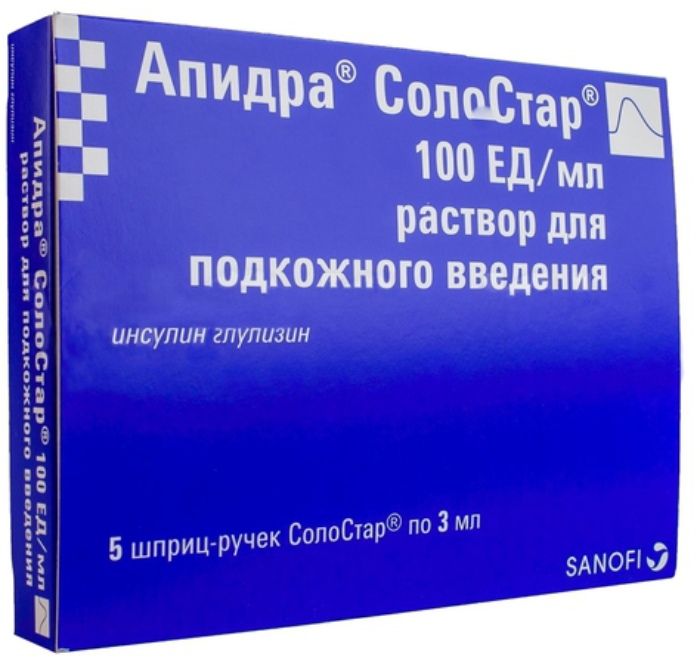

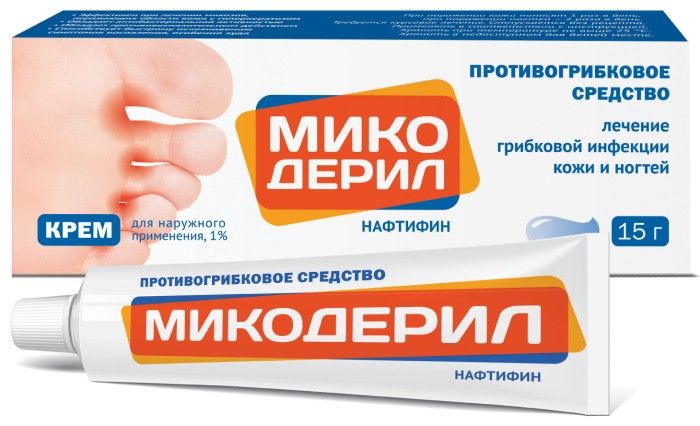

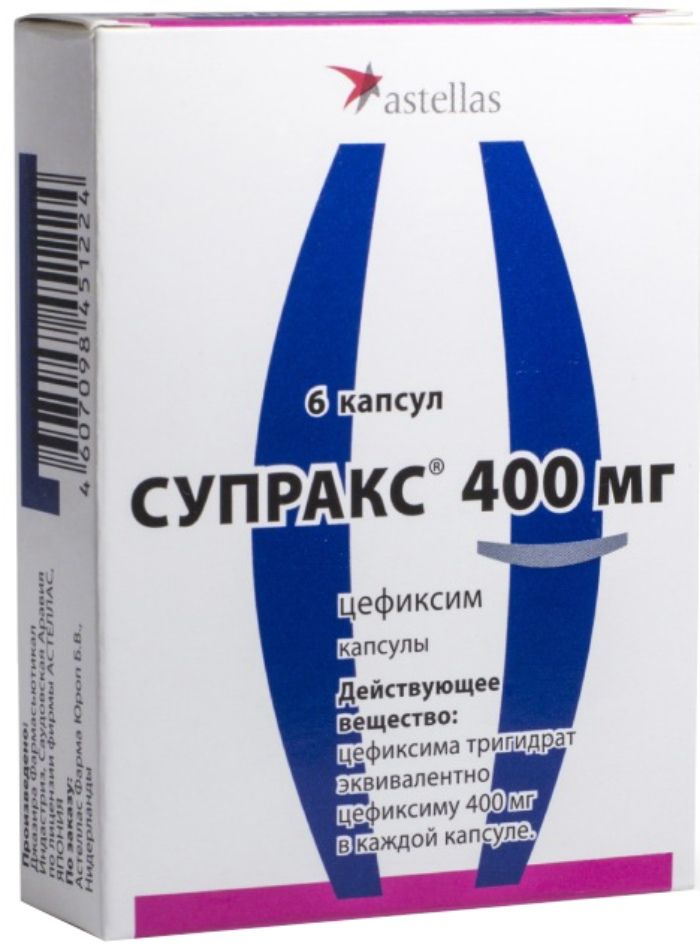
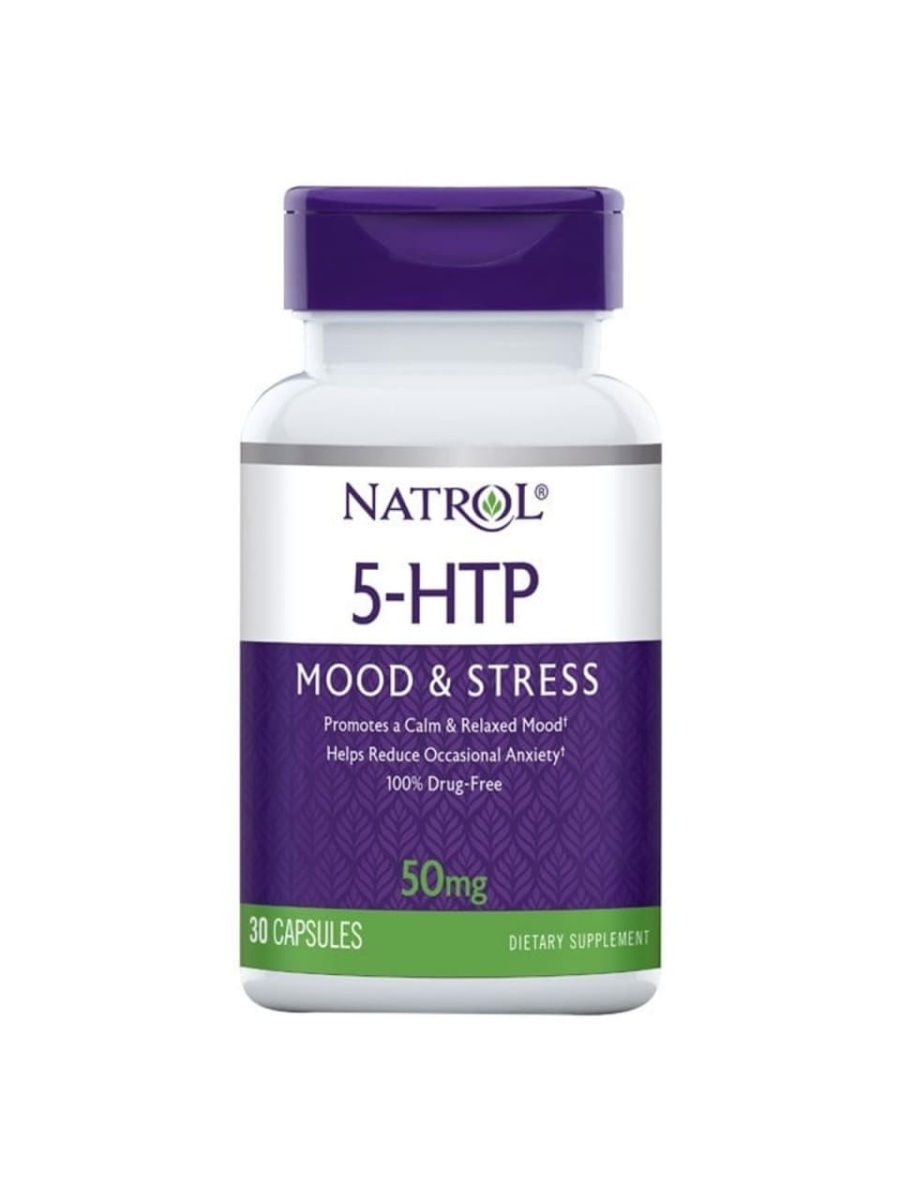
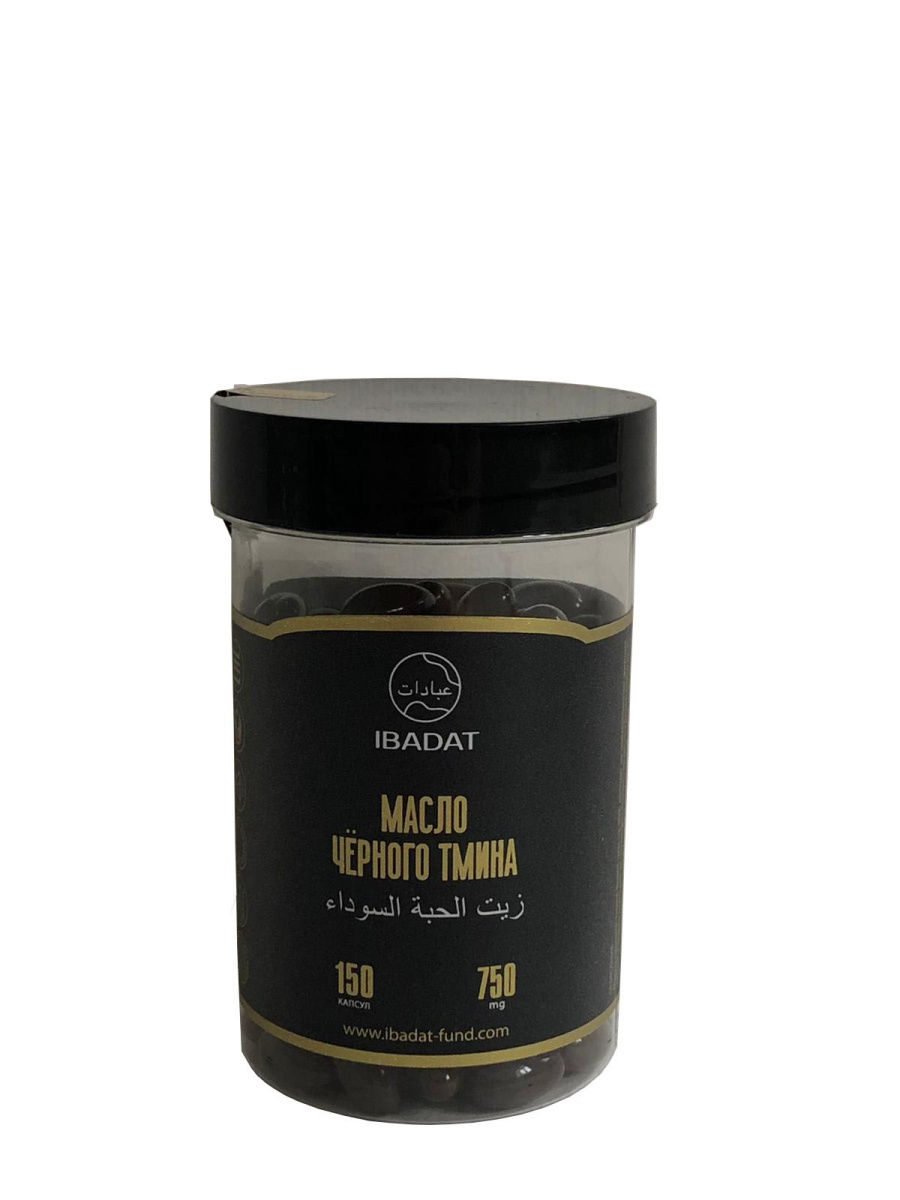
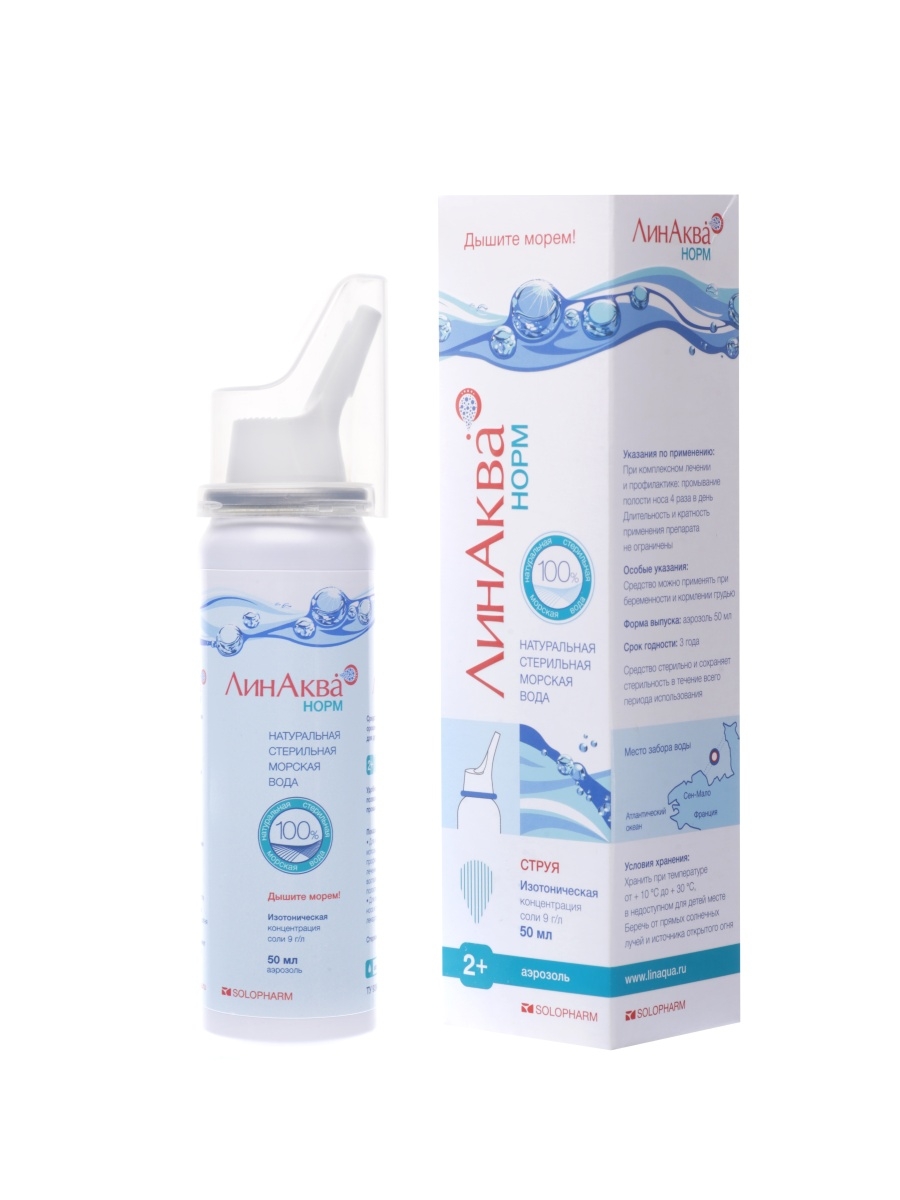
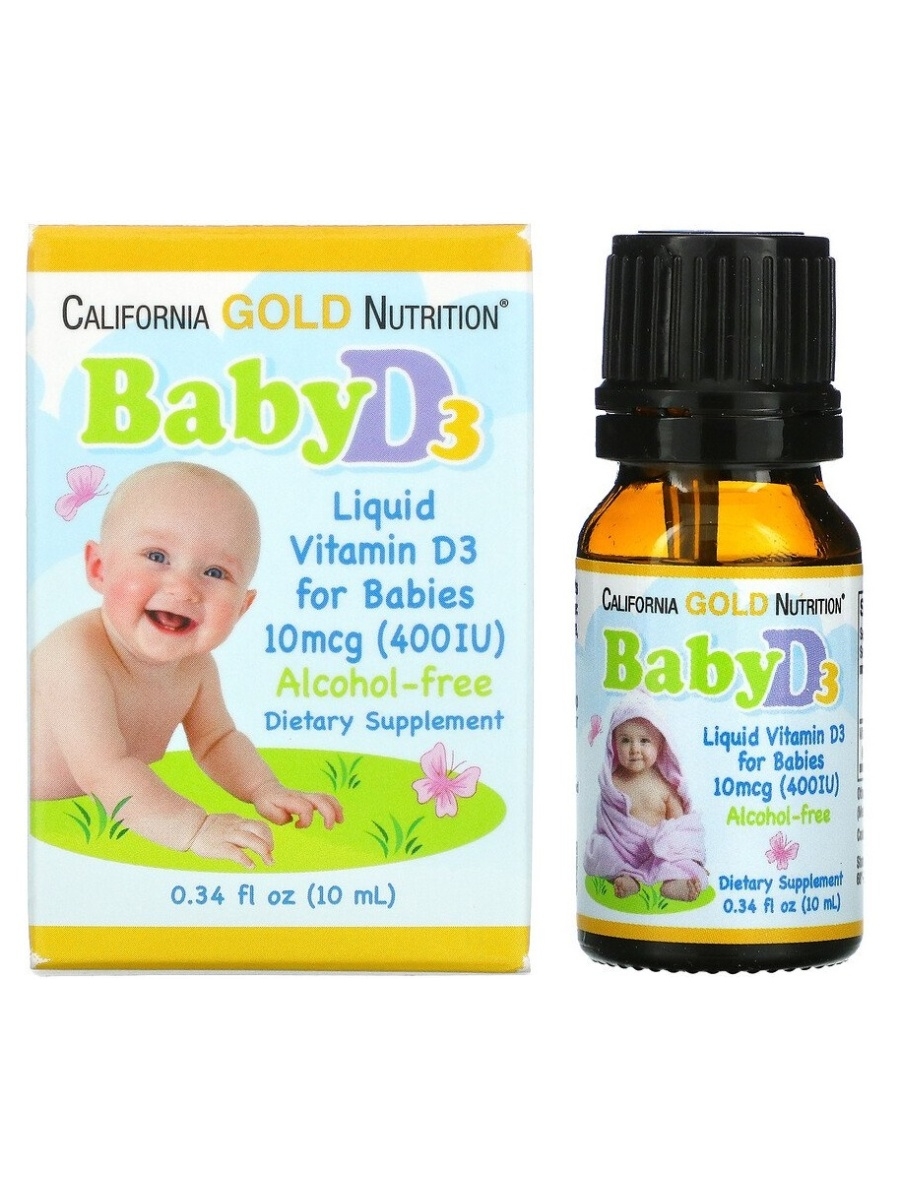




There are no reviews yet.